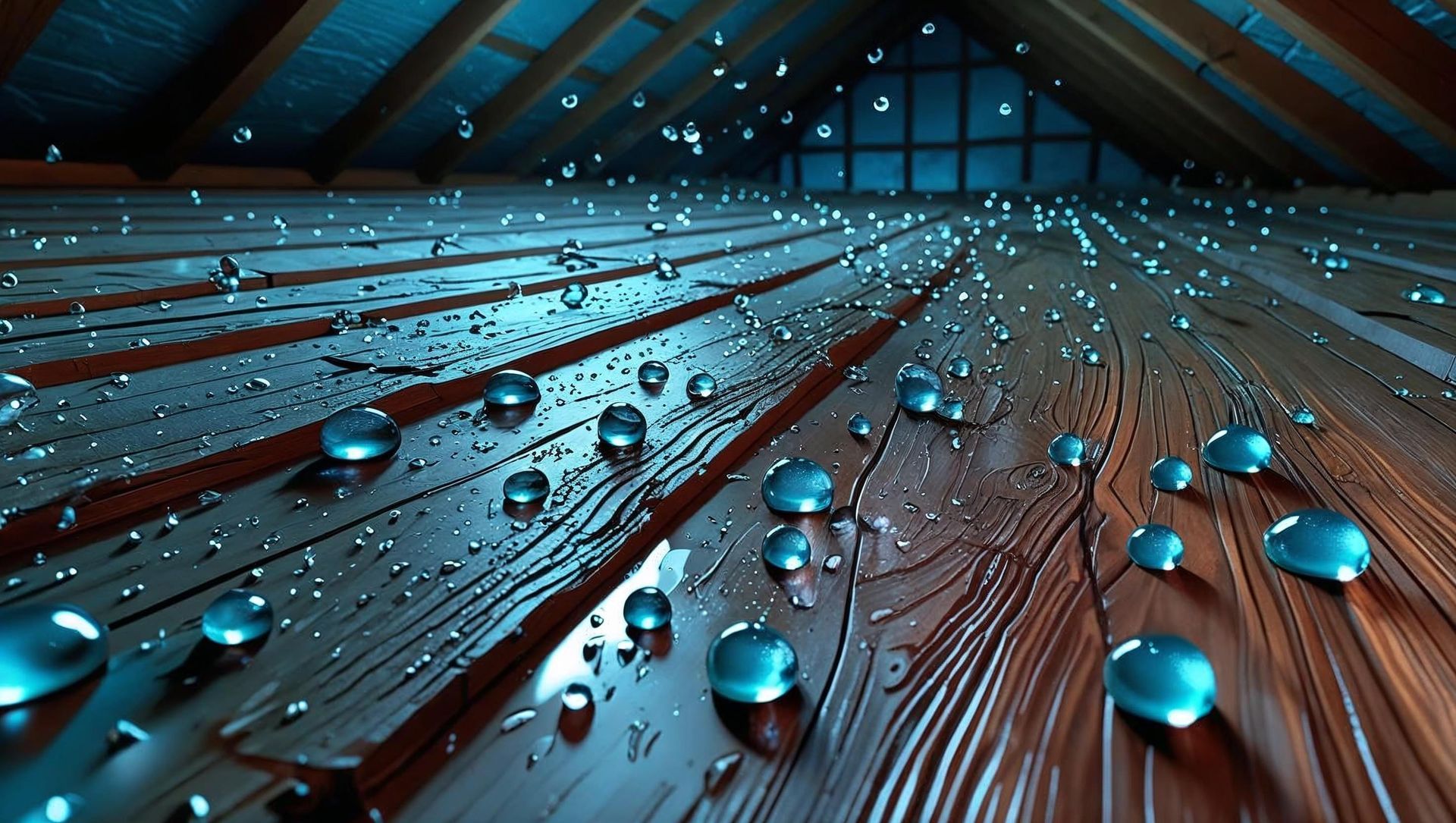What Does Mold Remediation Mean
Matthew Fournier 12/15/22
Mold growth in your home or business can be a serious problem. Not only can it cause structural damage, but it can also affect the health of those living or working in the space. It's important to address mold growth as soon as it's discovered to prevent further damage and protect the health of those on the property.
At Mattra Inc, we understand the importance of mold remediation. As a mold remediation company specializing in residential jobs in Maine, we have the knowledge and equipment necessary to safely and effectively remove mold from your property.
Inspection and Assessment: What Mold Remediation Means
Our inspection and assessment process is critical in identifying the type and extent of mold growth in your property. Our team of certified professionals will conduct a thorough inspection of the affected area, including hidden spaces, to determine the best course of action for removal. Once the inspection is complete, we will provide you with a detailed report of our findings, including the type of mold, the extent of the growth, and our recommended plan for remediation.

Containment: What Mold Remediation Means
Once we have identified the affected area, we will contain it to prevent the spread of mold spores. This includes setting up physical barriers, such as plastic sheeting, to isolate the area and using negative air pressure to ensure that contaminated air doesn't spread to other parts of the building. Our containment measures will also protect the occupants of the property from exposure to mold spores during the remediation process.
Removal: What Mold Remediation Means
Using specialized equipment such as HEPA vacuums and air scrubbers, we will remove the mold from the affected area. Our team of certified professionals are trained in the proper techniques for removing mold, and we take all necessary precautions to ensure that the mold is removed safely and effectively.
Cleaning: What Mold Remediation Means
After the mold has been removed, we will clean and disinfect the affected area to remove any remaining mold spores. This process is critical in ensuring that the mold doesn't return and that the area is safe for reoccupancy. We use only the highest-quality cleaning solutions and techniques to ensure that the area is thoroughly cleaned and disinfected.
Preventing Mold in Your Home
The best way to deal with mold is to prevent it from happening in the first place. Here are some steps you can take to prevent mold growth in your home:
- Keep indoor humidity levels low. Use a dehumidifier or air conditioning to reduce humidity levels.
- Fix any leaks or water damage as soon as they occur.
- Use exhaust fans in the bathroom, kitchen, and laundry room to remove moisture from the air.
- Properly ventilate your attic and crawl spaces.
- Clean gutters and downspouts regularly to prevent water damage.
Our Guarantee for Mold Remediation
We are confident in our ability to effectively remove mold from your property, and we offer a guarantee on our work. If the mold returns within a certain period of time, we will come back and address it at no additional cost to you.
Don't let mold growth continue to affect the health and structure of your property. Call us today at
(207) 777-6020 or visit
https://www.mattrainc.com/mold-remediation to schedule your mold remediation services with us.








